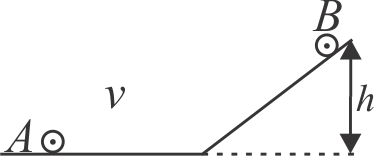366028 A solid sphere is in rolling motion. In rolling motion a body possesses translational kinetic energy \(\left(K_{t}\right)\) and rotational kinetic energy \(\left(K_{r}\right)\) simultaneously. The ratio \(K_{t}:\left(K_{t}+K_{r}\right)\) for the sphere is
366028 A solid sphere is in rolling motion. In rolling motion a body possesses translational kinetic energy \(\left(K_{t}\right)\) and rotational kinetic energy \(\left(K_{r}\right)\) simultaneously. The ratio \(K_{t}:\left(K_{t}+K_{r}\right)\) for the sphere is
366028 A solid sphere is in rolling motion. In rolling motion a body possesses translational kinetic energy \(\left(K_{t}\right)\) and rotational kinetic energy \(\left(K_{r}\right)\) simultaneously. The ratio \(K_{t}:\left(K_{t}+K_{r}\right)\) for the sphere is
366028 A solid sphere is in rolling motion. In rolling motion a body possesses translational kinetic energy \(\left(K_{t}\right)\) and rotational kinetic energy \(\left(K_{r}\right)\) simultaneously. The ratio \(K_{t}:\left(K_{t}+K_{r}\right)\) for the sphere is


